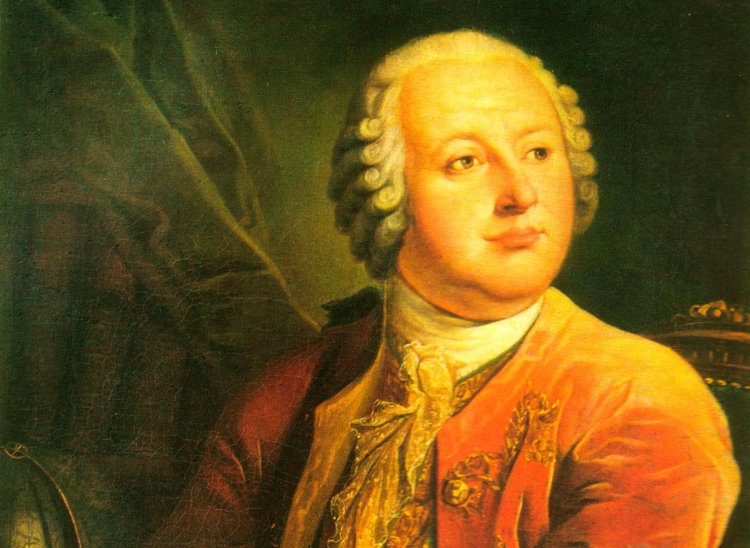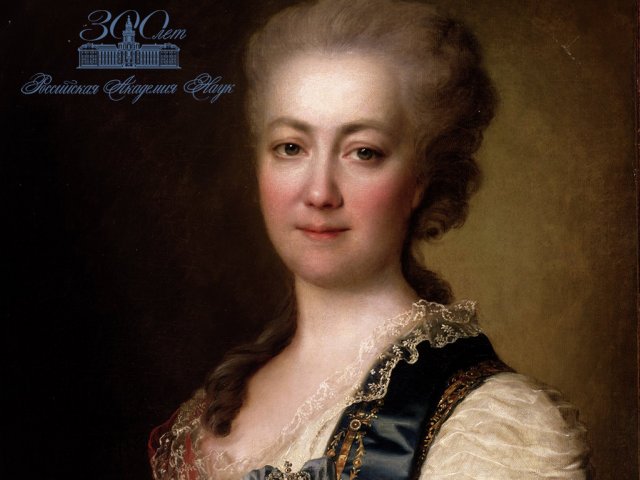Official:
Mikhail Vasilyevich Lomonosov. November 8 (19), 1711 – April 4 (15), 1765. Russian natural scientist, poet, historian, geographer. Full member of the St. Petersburg Imperial Academy of Sciences and honorary member of the Royal Swedish Academy of Sciences. Walked a lot.
Life and Work:
1. When a well-to-do peasant Vasily Dorofeevich took a third wife in 1724, she started to grumble that his son from his first marriage did not help with the household at all, but only read too much. One should not be surprised: after all, the last name of Vasily Dorofeevich and his son Mikhail is Lomonosov.
2.
The fisherman was spreading the net on the shore of the ice-cold sea;
A boy was helping his father. Boy, leave the fisherman!
Other nets are waiting for you, other worries:
You will catch the minds, you will be an aide to kings.
A French historian mentioned the protagonist of this Pushkin’s verse among the famous Russian chemists and recommended not to confuse him with a poet bearing the same name. He did not know much about Russian history: Mikhail Vasilyevich Lomonosov was not only a chemist, but also a poet, and much more.
3. Vissarion Belinsky said the following about Lomonosov: “Before him, there was only the Russian alphabet, and only after him it became possible in Russia to divide scientific and literary works.”
4. According to him, Lomonosov was a noble ancestor, in contrast to the mediocre, yet arrogant Rurikovichs or Gediminovichs. He was born in the village of Mishaninskaya, Arkhangelsk Province, which later became the village of Lomonosovo, Kholmogory District, Arkhangelsk Region. The future great scientist lost his mother early. According to him, his father was kind, but brought up in extreme ignorance, while his stepmother, his father’s third wife, was evil and envious.
5. From the age of ten, Mikhail helped his father, fished with him in the White Sea. The trips were sometimes dangerous, but they hardened Lomonosov physically and aroused his curiosity about the world around him.
6. The future luminary of science learned to read and write from a priest of the local church. All his life, Lomonosov called Meletiy Smotritsky’s Grammatika and Leonty Magnitsky’s Arifmetika the “gates of his learning.”
7. If Fonvizin’s character Mitrofanushka wanted to get married instead of learning, Lomonosov wished the opposite. Mikhail’s father planned to marry him, which made the future scientist’s flight to Moscow more urgent. He left the house at night without saying goodbye to anyone, caught up with a fish caravan and asked to join it.
8. In Moscow, Lomonosov entered “Spassky Schools,” that is, the Moscow Slavic Greek Latin Academy. To do this, Mikhail had to forge documents and impersonate a Kholmogory nobleman’s son.
9. Lomonosov had a hard time at the academy: “Other pupils, small children, shout and point with their fingers: look, what a fool came to learn Latin at the age of twenty!”
10. “While studying in Spassky Schools, I had on all sides the most powerful aspirations that turned me away from learning. Having one altyn of allowance per day, it was impossible to have more for daily food than a piece of bread and some kvass, while the rest was spent on paper, shoes, and other needs. So I lived for five years and did not leave the learning,” Lomonosov recalled.
11. A capable lad was sent to study in St. Petersburg at the Academy of Sciences, and then to continue his education abroad. In autumn of 1736, Vice Rector Herr Santorok entered the name Lomonosov, which was rather unusual for a German, in the university book of the University of Marburg.
12. The first courses that the inquisitive young man attended in Marburg were striking in their variety: the basics of arithmetic and geometry, theoretical chemistry, mechanics, hydrostatics, aerometry, hydraulics, and theoretical physics. After six months, in addition to mastering the German language, Mikhail took up French, drawing, dancing, and fencing.
13. Already during his second year at the university, Lomonosov began scientific work: at first, he wrote a work On the Transformation of a Solid Body into a Liquid Depending on the Movement of the Preceding Liquid, and six months later – A Physical Dissertation on the Difference Between Mixed Bodies Coupled by Corpuscles. We can say that Lomonosov became a true scientist already in Marburg.
14. Lomonosov got married there as well. His chosen one was his landlady’s daughter, Elizabeth Zilch. Of all their children, only their daughter Elena survived to adulthood. Lomonosov’s granddaughter Sophia married the Patriotic War of 1812 hero Nikolai Nikolaevich Rayevsky. The famous Maria Nikolaevna Volkonskaya, who followed her Decembrist husband to Siberia, was Lomonosov’s great-granddaughter. His great-grandson, the Russian general Nikolai Rayevsky, founded Novorossiysk.
15. Having returned to Russia, Lomonosov became the first Russian scientist elected to the position of chemistry professor. According to the table of ranks, he was awarded the rank of court councilor and hereditary nobility.
16. By his example, Mikhail Vasilyevich vividly demonstrated that “the Russian land can give birth to its own Platons and fast-witted Newtons.” Lomonosov’s contribution to science is simply impossible to overestimate. His corpuscular-kinetic theory of heat anticipated the principles of the modern molecular-kinetic theory. Lomonosov formulated the law of energy conservation in general terms, laid the foundations of physical chemistry, discovered the atmosphere on Venus, created the first research laboratory in Russia, where Mikhail Vasilyevich studied glass, and prepared the project of the very first university in our part of the world.
17. The project created by Lomonosov found its use: on January 12 (Julian Calender), 1755, Elizabeth Petrovna signed a decree establishing Moscow University. It is only fair that it now bears Lomonosov’s name.
18. The scientist Paul Walden once remarked, “Although Lomonosov the chemist had many enemies, his greatest opponent was Lomonosov the poet.” And although Pushkin did not consider the scientist a great poet and called his odes tedious and inflated, yet Lomonosov’s contribution to literature is great. Together with Vasily Trediakovsky, applied the rules of syllabic-tonic versification to the Russian language. His epigrams and Anthem to the Beard are notable contributions to Russian satire. We still quote many lines by Lomonosov the poet. For example, these ones: “The sciences nourish the young, Give joy to the old,” “The abyss has opened, full of stars, The stars are countless, the abyss is bottomless.”
19. Pushkin’s words about Lomonosov are extremely precise: “Combining the extraordinary power of will with the extraordinary power of the concept, Lomonosov embraced all branches of education… A historian, a rhetorician, a mechanic, a chemist, a mineralogist, an artist, and a poet, he has experienced and penetrated everything: at first, he delves into the history of the fatherland, establishes the rules of its social language, states laws and models of classical eloquence, with the unfortunate Rikhman anticipates Franklin’s discovery, founds a factory, builds huge machines himself, presents us with artistic mosaic works, and finally reveals the true sources of our poetic language.”
20. Lomonosov played a special role in the language. And this is not surprising: “our first university,” according to Pushkin, had to come up with a terminology for a number of sciences. It was Mikhail Vasilyevich who introduced the words meaning “minus,” “diameter,” “atmosphere,” “thermometer,” “acid,” “refraction,” “horizon,” and many other things into Russian.
21. Lomonosov’s name is immortalized on the map of Russia and the world. The city of Lomonosov, former Oranienbaum, is now part of St. Petersburg, but has retained its sonorous name. The Lomonosov Ridge was discovered in 1913 on Novaya Zemlya by Georgy Sedov, and another ridge – an underwater one – was discovered in 1948 in the Arctic Ocean. There is the Lomonosov Plateau in Greenland, on the island of Paramushir, one of the Kuril Islands, there is a sleeping volcano – Mount Lomonosov; there are Lomonosov Mountains in Antarctica and on the Edge Island of the Svalbard archipelago. And the very first geographical object named after the great scientist is Cape Lomonosov on the western shore of the Amur estuary, which was discovered in 1849 by Gennady Nevelskoy.






















